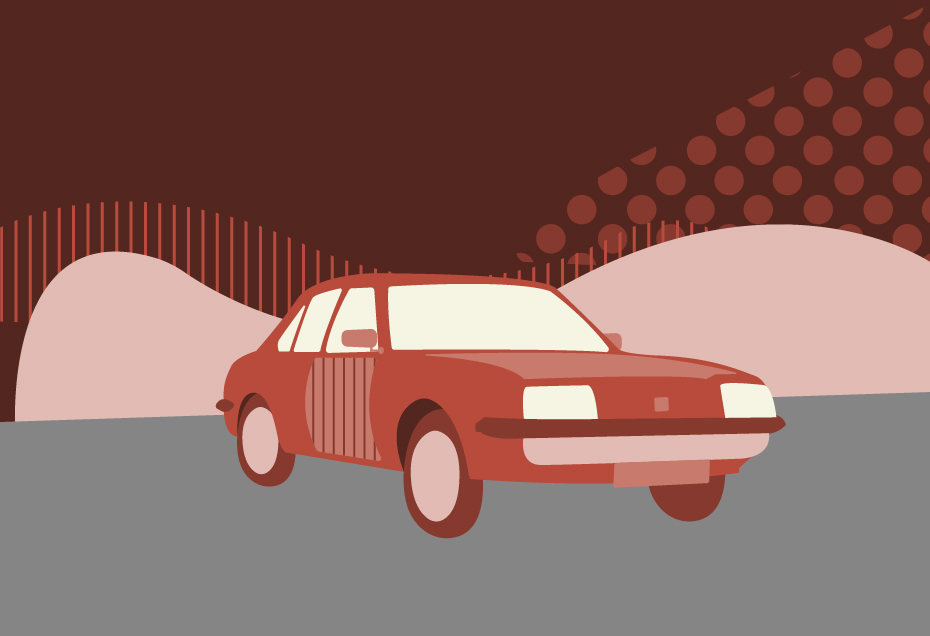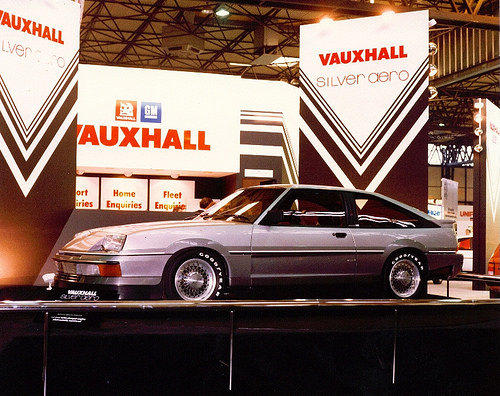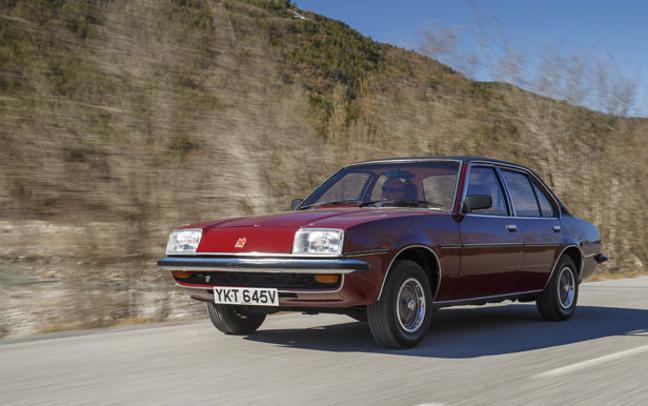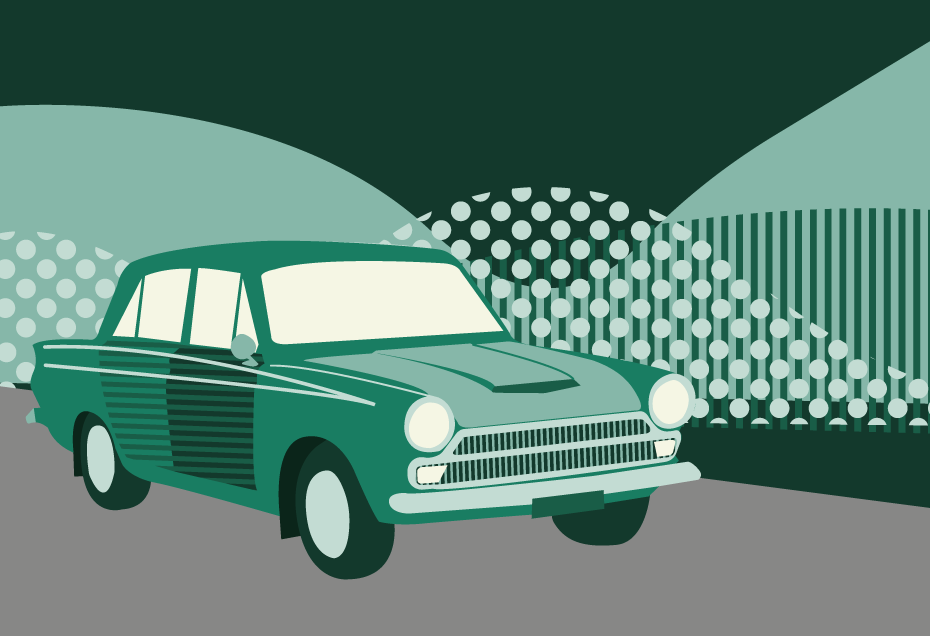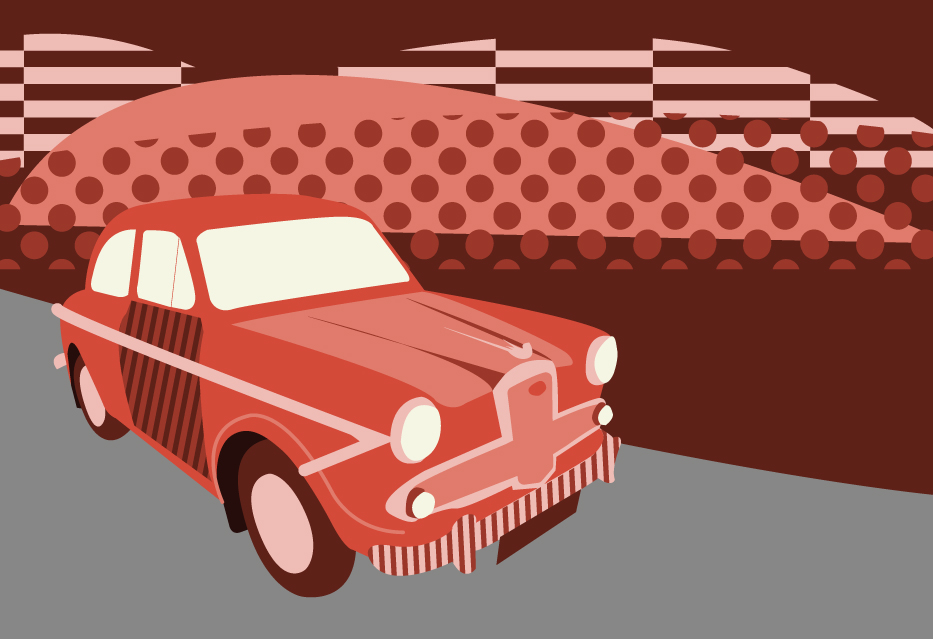It was the car that breathed new life into Vauxhall, a mile-eating motorway cruiser with sharp handling and a smooth, refined engine.
The Cavalier may not have knocked the Ford Cortina off the top of the sales charts, but it probably deserved to.
We look at the history of the mark 1, launched in 1975 and a key turning-point for Vauxhall.
To say Vauxhall was flagging in the early 70s would be an understatement.
The Luton-based carmaker’s reputation was on the floor thanks to rampant tin-worm across the range and reliability issues with its HC Viva, while the Victor had struggled to make much of a dent in the mid-sector saloon market dominated by the Cortina and Hillman Hunter.
But all that was about to change as the Cavalier joined its little brother, the Chevette, in saving the British arm of General Motors – with more than a little help from its German counterpart, Opel.
Such had been the home team’s disasters in the early part of the decade, GM decided that Luton would need to lean more heavily on the men from Rüsselsheim to survive.
Thus Luton’s planned replacement for a larger version of the HC Viva was dropped in favour of a modified version of the Opel Ascona B saloon, due to be launched in the summer of 1975.
Originally intended to have a completely redesigned body, the urgent need for a competitor in the newly-lucrative fleet market resulted in the Cavalier sharing the rear of the Ascona with the “droop snoot” nose of the incoming Opel Manta B, which also gave it a family tie with the earlier Chevette.
Cortina challenger
Finally, Vauxhall had a viable alternative to the all-conquering Blue Oval saloon and, with the mark 3 Cortina now long-in-the-tooth and due for replacement, the Cavalier’s fresh new look combined with significantly improved quality levels represented a whole new ball game for the Griffin-badged marque.
Initially built alongside the Ascona at GM’s newly-refurbished plant at Antwerp in Belgium, the car oozed German class and functionality, utilising Opel’s four-cylinder 1.6-litre and 1.9-litre engines in a two and four-door saloon, with the bigger engine only available in a coupe body style.
Here was a superbly-engineered (non British) Vauxhall, a far cry from the firm’s recent offerings, and the motoring press were suitably enthusiastic, Motor describing it at launch as “an excellent car”.
With the new Cortina just around the corner, CAR magazine opted to pit a Cavalier against the Morris Marina and ageing Hillman Hunter in July 1976.
If it couldn’t see off those two, with the Marina still using the suspension from a Morris Minor, what hope would it have against the mark 4 Ford?
Predictably, it could, with neither the Marina (“worse than mediocre”) nor Hunter (sold to “retired couples in Eastbourne”) able to put up much of a fight.
The magazine gushed about “one of the best live axle suspensions you’ll find” on the Vauxhall, which handled “almost like a well-balanced racing saloon”.
A driver’s car
“In the wet the car is an absolute joy to drive, steering with the throttle as much as the wheel, and always feeling safe and controllable,” it added. “It is a satisfying, interesting car to drive – in every way, a driver’s car.”
In 90bhp, 1.9-litre guise, the car had “performance to match its high standard of roadholding and handling, and its styling is thoroughly up to date”.
All of which was music to the Vauxhall bosses’ ears, and early sales were healthy – as it turned out, a little too healthy, as demand outstripped supply and dealers were left crying out for stock.
The Belgian plant, also busy making the Ascona of course, simply couldn’t produce enough cars, a situation that wasn’t entirely remedied until production was finally switched to Luton in 1977.
By then, the Cavalier was well-established in the fleet and family market, taking on and, by some measures, beating the new mk4 Cortina.
CAR magazine pitched three 1.6-litre saloons into a group test in November 1976, the Avenger joining the two main protagonists.
“Back in 1962 when the Cortina was announced, the field was wide open; now there are strong rivals for Mr Average’s wage packet and the company accountant’s nod,” said the magazine.
The dated Coke-bottle Cortina had gone in favour of a new, squarer look more in keeping with European design tastes of the time.
The Cavalier, in basic L trim, was the most expensive of the three at £2,324, £33 more than the Ford and £160 more than the Avenger Super.
Like our illustration of the Vauxhall Cavalier at the beginning of the article?
Download a free high-quality poster version here.
Smooth and modern
But maybe it was worth it, as road testers praised it as “smooth and modern”, and “the car in which to do the serious motoring”.
“The Cortina’s engine is much more subdued in the new model, without the harshness that plagued the old one, but it still does not compare with the smooth, free-revving unit in the Cavalier,” said the magazine.
“Quiet almost into the 90s, it has roadholding and handling far in excess of its performance and a spirit that makes it the undisputed driver’s car.”
Of course, while the Cavalier continued to sell well, the brand loyalty behind the Ford saw it resume its position at the top of the best-selling charts in 1977 (and ‘78 and ‘79).
The fact that the Marina was third in ‘77 and ‘78 just goes to show how quality doesn’t always win out.
First UK Cavalier
The first Cavalier to be built in the UK – a new entry-level 1.3-litre model – was driven off the Luton production line by Eric Fountain, Vauxhall’s managing director, in August 1977.
The larger-engined models were still produced in Belgium for a while before, they, too started to leave the factory gates in Bedfordshire.
Sharing its engine with the Chevette and the Viva HC, the base model competed with the similarly small-engined Cortina and Avenger, and was again more expensive than either.
However, Motor magazine said in that November 1977 that “the car is well worth the extra money, for it held a number of pleasant surprises in store for us”.
“Although no dragster, it lacked the sluggish performance we feared, having acceptable performance and good fuel consumption too,” it said.
“Gearchange is better than its larger brothers, and the engine is quiet and refined, combined with a comfortable ride with remarkable roadholding and handling.”
In 1978, the 1.9-litre engine was upgraded to a 2-litre unit, providing more than 100bhp and boosting top speed to near 110mph in the two-door coupe.
Stylish Sports hatch
But, while an estate version was never available on mk1 guise, a stylish three-door sports hatch was introduced with both 1.6-litre and new larger engine.
Designed to appeal to Capri drivers, it did the job astonishingly well according to CAR magazine, who put the two head-to-head in December 1978.
An entirely British-designed enterprise, the Sports hatch was marginally more expensive than the comparable Capri 2.0S at £4,373.
The Capri, “meaner, more aggressive”, was better equipped, but the Cavalier – “sharp, svelte to the point of being delicate” – scored higher on “mechanical refinement” and its driver environment.
“Getting into the Capri is a little like clambering inside a dark cave, initially a hemmed-in, almost claustrophobic feeling compared to the Cavalier with its sit-up seat, low sills and light, and plush interior,” the magazine said.
“The GM engine, aided by better sound insulation, is appreciably smoother than the Ford’s, which has a harsh and raucous delivery. On balance, the Cavalier has the edge.”
Adrian Flux Classic Car Insurance
While the Capri was an entertaining, if coarse, drive, the “Cavalier is just as much fun, slightly better mannered and appreciably more refined, its big windows, simple switchgear, plush trim and more habitable cockpit consolidating its lead in civility”.
“If the two cars were identically priced and equipped the Cavalier would run out an easy winner. Even with the Capri’s lower price and greater showroom appeal, there is no getting away from the fact that the Cavalier can teach it a thing or two in all the right places.”
Unfortunately for Vauxhall, the Capri was already a sporting legend with an army of loyal Ford buyers, so it was never going to topple it from its perch as Britain’s favourite sports hatch.
Centaur convertible
Nevertheless, the model was successful enough to see off production of the coupe, which leant its base to the short-lived but attractive, and now very rare, Cavalier Centaur.
A five-seater convertible developed by Crayford Engineering, the Centaur – based around the 2-litre GLS coupe – was announced to the press in August 1978, costing £7,103 and backed by Vauxhall’s factory warranty.
The car was built by Magraw Engineering under licence, and could be ordered from any Vauxhall dealership, who would then buy the car from Magraw.
Fitted with Rostyle wheels, with Campagnolo alloys an option, the car carried a Centaur badge on the front wings and bootlid and came with its own commission number in the glove box.
Only a handful of the 118 examples built survive today, with production ending alongside the coupe in 1979.
Special editions
A number of special editions dotted the mk1’s six-year production span, including the Silver Special, a 1.6-litre, limited edition two-door car finished in metallic silver with contrasting blue plaid cloth trim.
It came with a radio (woo!), sports road wheels, body side-mouldings and front seat head restraints and cost £4,162.
The Command Performance mixed car sales with light entertainment, and involved a lavish roadshow with Ted Rogers, of 321 fame, where dealers were supposed to issue invitations to prospective customers.
In the event, it’s thought that most just took along their friends and family for free night out, and the enterprise resulted in very few additional car sales.
The final mk1 special edition was the Cavalier LS, available for the last 12 months of production and a mixture of L, GL and GLS trim aimed at the fleet market.
The Silver Aero
There’s one special that remains a one-off – the Silver Aero, a prototype design concept by Vauxhall’s chief designer Wayne Cherry.
Built in 1980 and based on the Sports hatch, it featured a 2.4-litre turbocharged engine producing 150bhp.
The car was displayed at the International Car Show at the NEC was planned to be offered to existing Sports hatch owners and new buyers to upgrade their car to Silver Aero specification.
Although orders were taken, there was not enough demand to warrant production and the car remained a one-car prototype.
Top 10 sales
Sales of the mk1 Cavalier got off to a slow start, but not because of a lack of demand, with supply problems resulting in just under 30,000 sold in its first full year of production, enough to put it 13th on the best-selling lists for 1976.
Thereafter, as Vauxhall slowly got its act together and started producing cars at Luton, the Cavalier was regularly in the top 10 during its production run, peaking at number seven in 1978 with more than 55,000 sales.
In total, nearly 250,000 mk1s were sold, nowhere near the ever-popular Cortina despite its rave reviews in the motoring press and its superior refinement.
Indeed, it wasn’t until the mk2 and mk3 that the Cavalier came along that sales really took off, with a total of 1.8million sold in a 20-year production run before the Vectra took over.
But while the mk1 didn’t succeed in toppling the Cortina from its perch, it restored the tarnished Vauxhall brand in the eyes of the public and fleet buyers, and played a crucial role in saving GM’s British operations.
A brand long associated with outdated, scaled-down versions of American cars had brought an agile, rakish new look to British driveways.
Insurance from Adrian Flux
Get competitive classic car insurance for your Vauxhall Cavalier from Adrian Flux.
Features can include:
- Agreed value
- Limited mileage discounts
- Owners club discount
- Laid up cover
- Wedding hire cover


